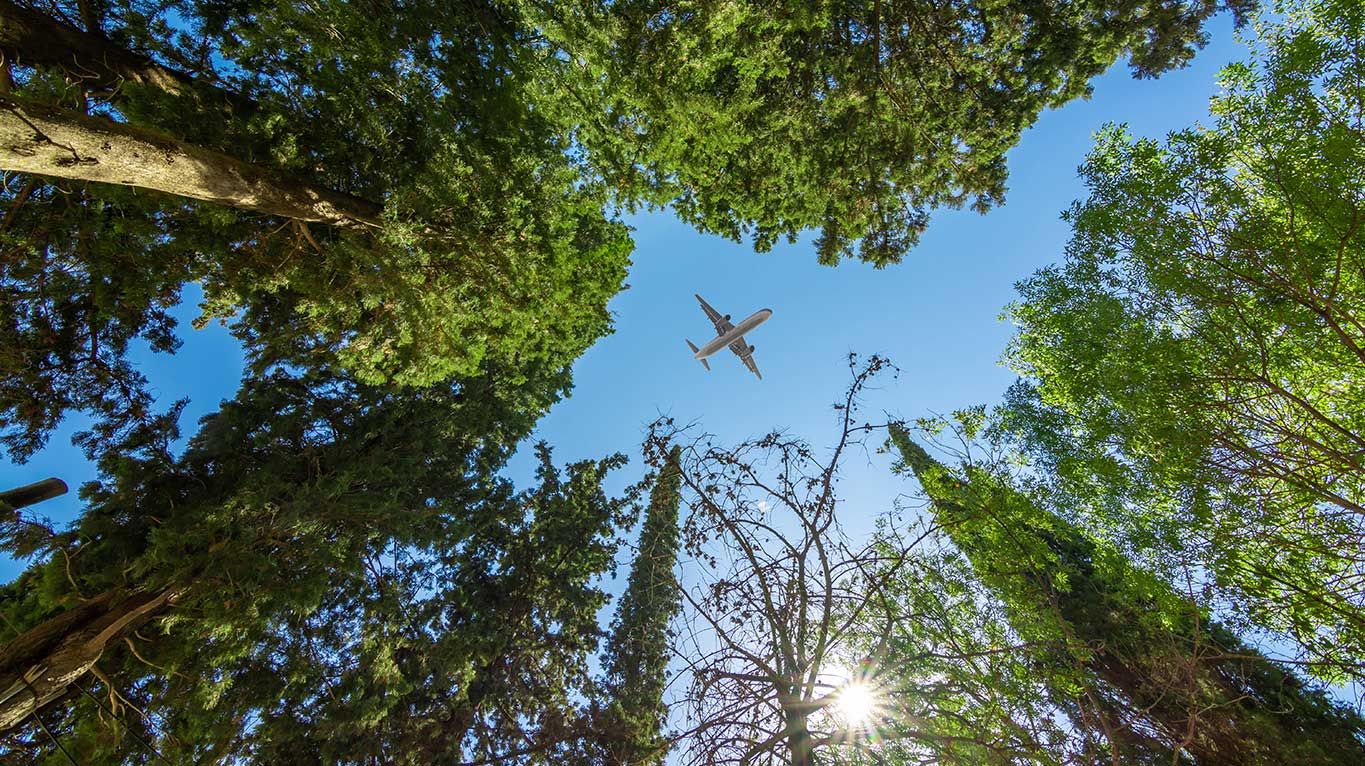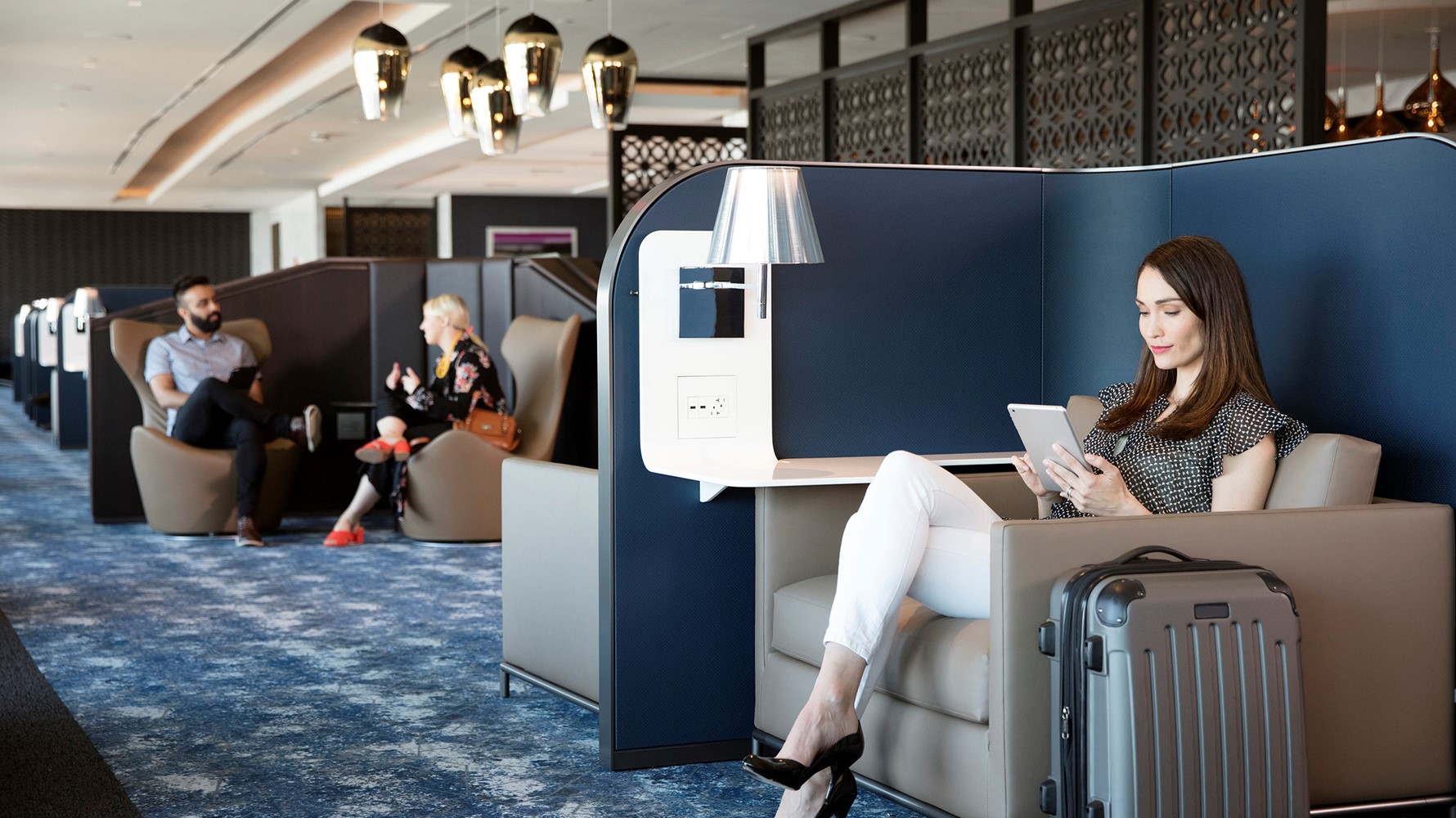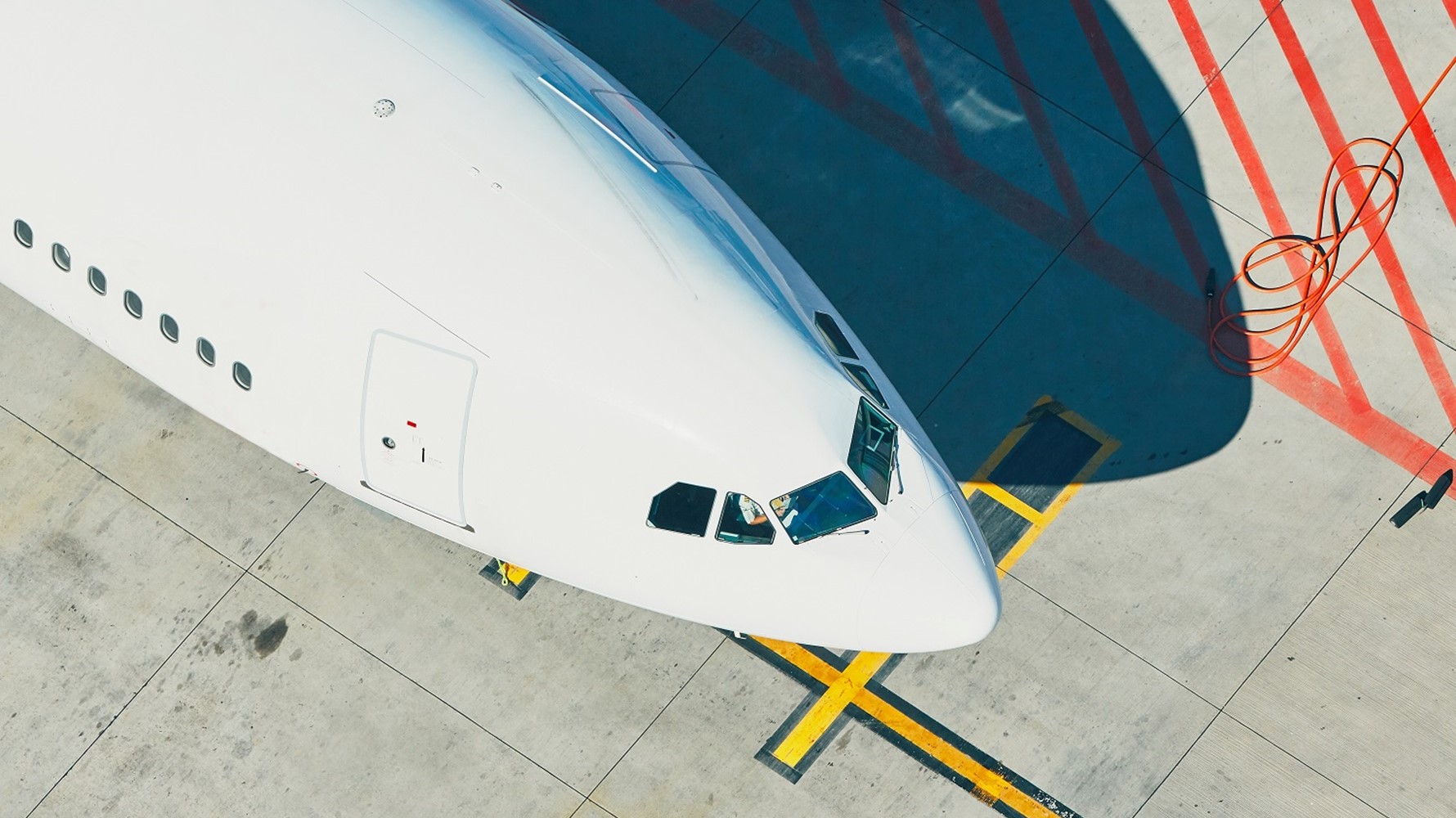With the environmental impact of air travel under the microscope, sustainable aviation fuel (SAF) is emerging as a key solution in the pursuit of greener skies. The International Air Transport Association (IATA) estimates that SAF could contribute around 65% of the emissions reductions needed by aviation to reach net-zero in 2050.
It’s therefore no surprise that the adoption of SAF is gaining momentum, as stakeholders across the board—from airlines to energy companies, technology platforms, and travel management companies—are increasingly investing in research and development to scale up SAF production and distribution. Governments, too, are recognizing the importance of SAF in achieving climate targets. Subsidies, tax incentives, and regulatory frameworks are being put in place to ramp up the production and use of SAF.
However, Varun Mehra, CWT Solutions Group’s regional lead for Asia Pacific, cautions that the scale of SAF production is still small relative to the industry’s overall fuel requirements. “Demand is still far outstripping supply,” he notes. According to IATA, in 2023, SAF production doubled to 600 million liters from the previous year, and projections for 2024 anticipate a further tripling to 1.875 billion liters. Even so, this represents merely 0.53% of the total aviation fuel needs and only 6% of the global renewable fuel production capacity.
Higher airfares on the horizon?
In February this year, Singapore announced it will require all flights departing from its airports to use sustainable aviation fuel (SAF) starting in 2026, joining a growing list of countries that are implementing similar mandates. The city-state has set a target for SAF to constitute 1% of all jet fuel used at Changi Airport and Seletar Airport in 2026. As SAF currently costs three to five times more than conventional jet fuel, it is estimated that this could increase ticket prices for an economy class passenger on a direct flight from Singapore to Bangkok, Tokyo and London by approximately S$3 (US$2.20), S$6 (US$4.40) and S$16 (US$11.70), respectively. Singapore’s eventual goal is to reach 3-5% SAF use by 2030.
"The introduction of green flight taxes and SAF levies is indeed becoming a global trend, as SAF is seen as one of the most promising pathways to decarbonizing air travel," according to Mehra.
Countries like Norway, Sweden, and France have already enforced SAF mandates, and the EU as a whole is planning to do so starting next year. In Asia, countries like India, Japan, Malaysia, and Australia are also contemplating similar approaches.
SAF MANDATES AROUND THE WORLD
Country / Region |
Uptake level |
European Union |
In September 2023, the EU Parliament approved an SAF mandate (RefuelEU) requiring fuel suppliers at EU airports to incorporate 2% SAF starting in 2025. That percentage will increase to 6% by 2030, 20% by 2035, and eventually 70% by 2050. |
France |
1% SAF mandate came into effect in 2022. It was increased to 1.5% in 2024, and will be raised to 2% in 2025 to align with the EU-wide SAF mandate. |
Germany |
Germany has mandated the use of Power-to-Liquid (PtL) SAF, also known as e-kerosene, starting at 0.5% by 2026, and rising to 1% in 2028 and 2% in 2030. However, these targets might be harmonized with the EU-wide SAF mandate. |
Norway |
0.5% SAF blending mandate was introduced in 2020, which is set to progressively increase to 30% by 2030. |
Sweden |
1% SAF blending mandate has been in place since 2021. Future targets will likely align with the EU-wide SAF mandate. |
United Kingdom |
Under the UK’s new mandate, SAF will make up 2% of total UK jet fuel demand in 2025, increasing to 10% in 2030 and then to 22% in 2040. |
India |
India has set an indicative SAF blending target of 1% by 2027, increasing to 2% by 2028, and 5% by 2030. The SAF targets will initially apply to international flights. |
Japan |
International flights departing from Japanese airports will be required to use at least 10% SAF from 2030, according to a planned mandate. |
Malaysia |
In its National Energy Transition Roadmap published in 2023, Malaysia has established an SAF blending mandate starting at 1%, which is expected to increase to 47% by 2050. |
Singapore |
Flights departing Singapore will be required to use 1% SAF starting 2026, and 3-5% by 2030. |
Brazil |
Brazil is expected to introduce an SAF mandate that will take effect in January 2027, but details are yet to be released. |
United States |
The US has adopted incentives, instead of mandates, to encourage fuel suppliers and airlines to support SAF production and use. |
"When it comes to SAF, it’s a complex landscape characterized by high demand, limited supply, and production challenges," Mehra observes. "These dynamics, coupled with the potential for SAF mandates, are collectively exerting upward pressure on travel costs."
Staying ahead of the curve
The growing importance of SAF in achieving net zero targets is prompting companies to recalibrate their travel programs. CWT's customers are adopting a multi-faceted approach to prepare for these changes, including assessing cost impact, revising travel policies, and exploring alternative travel options. Some are also actively engaging with suppliers to invest in SAF and forge partnerships.
"We’re seeing a huge amount of interest around SAF in the corporate travel arena, and it’s a topic that regularly features in discussions with our clients these days," says Mehra.
To navigate the changing landscape and capitalize on advancements in SAF that can help make corporate travel programs more sustainable, Mehra recommends the following:
- Stay informed: Keep up to date on the regulatory developments affecting the aviation industry, both within their operational regions and globally. It’s important to be aware of the timelines for the implementation of SAF mandates and understand their potential impact on travel costs and availability. By staying informed, you can anticipate changes and prepare their travel policies and budgets accordingly.
- Understand your travel patterns and review your policies: The anticipation of higher average costs necessitates a meticulous review of travel budgets and financial forecasting, with travel managers playing a pivotal role in this. Analyze the share of travel involving carriers or destinations affected by these mandates within your overall program.
You might also consider reviewing your travel policies. Aligning travel policies with broader Environmental, Social, and Governance (ESG) objectives is becoming increasingly important. This strategic alignment may entail prioritizing carriers that demonstrate a higher commitment to SAF usage, switching to other modes of travel such as rail, as well as initiatives to extend and combine business trips to reduce the overall travel footprint. - Engage with supplier partners: A number of customers have stepped up engagement with their suppliers and are not just passive observers to the changes taking place. They are actively initiating discussions with airline partners to incorporate SAF-related commitments into commercial negotiations. This proactive stance includes a willingness to adjust traditional discount structures in favor of supporting SAF investments.
- Bring internal stakeholders on board: The process of adjusting travel policies to incorporate sustainability considerations should be inclusive, involving key internal stakeholders. This includes senior leadership, travel managers, procurement teams, and sustainability officers. Collaborating across these functions ensures comprehensive buy-in and aligns the travel policy adjustments with your company’s broader sustainability goals and business objectives.
- Consider long-term sustainability: This involves a thorough review and revision of the travel policy to reflect a strong commitment to sustainability. It should go beyond mere compliance with impending regulations to embrace a rounded approach towards reducing the environmental impact of business travel.
Policies could include encouraging or mandating the use of sustainable suppliers, integrating sustainability criteria into supplier selection processes, and setting clear sustainability targets.
You could also purchase SAF using “book-and-claim” solutions to mitigate your emissions. For example, CWT recently formed a global partnership with SQUAKE, giving our customers access to Neste’s world class SAF as well as other impactful climate projects.
Additionally, enabling travelers to make the right choices by providing guidelines and incentives for selecting more sustainable travel options is essential. Developing a strategy that encompasses these elements will not only address immediate regulatory compliance but also position your company as a leader in corporate travel sustainability.
Sustainable Aviation Fuel holds the promise of making business travel greener without compromising on efficiency or convenience. Scaling up production to meet the growing demand, ensuring cost competitiveness with conventional jet fuel, and addressing regulatory barriers are among the hurdles that industry stakeholders must overcome. However, with continued innovation and collaboration, these challenges can be turned into opportunities for progress. With industry stakeholders, governments, and consumers rallying behind this green revolution, the future of business travel looks promisingly sustainable.






